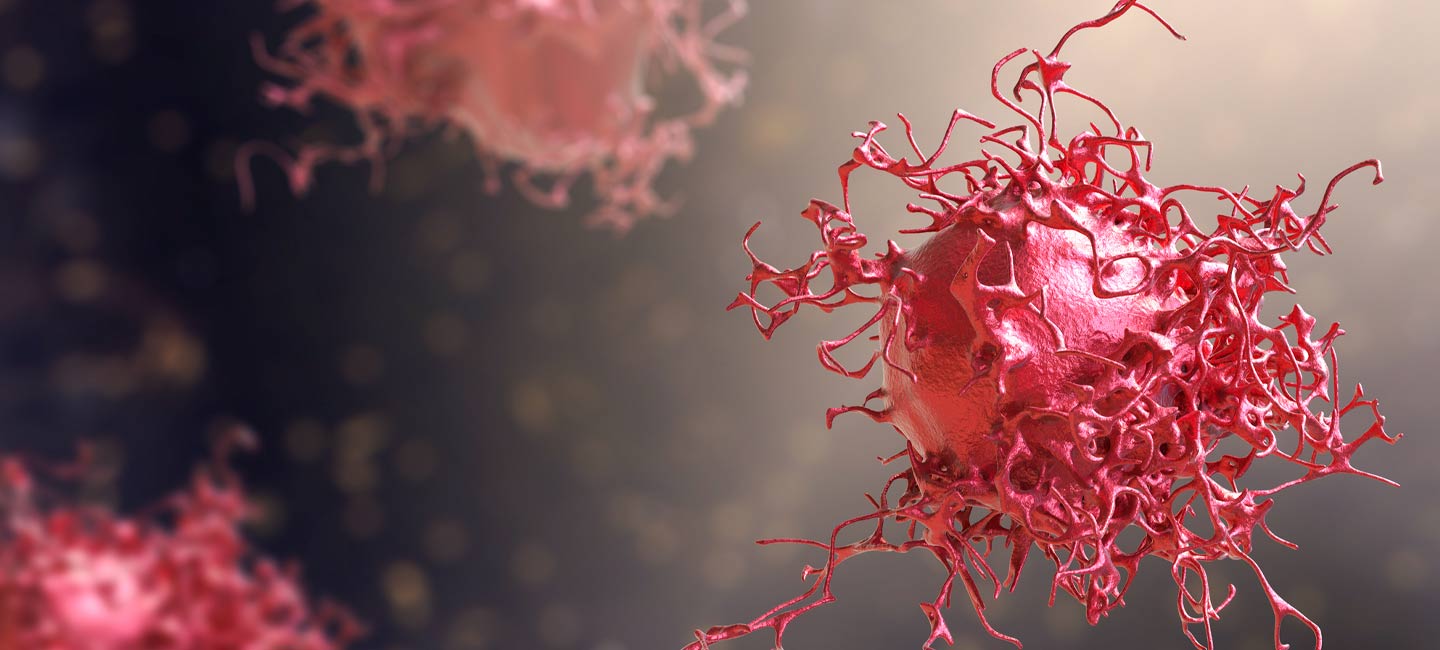WHO Director Pushes for End to Cervical Cancer
Cervical cancer is the only gynecologic cancer that has a chance to be prevented, yet the American Cancer Society estimates more than 14,000 women will be diagnosed with the disease in 2022 and more than 4,000 will die.
The best way to prevent cervical cancer is to make sure you and your children receive the human papillomavirus vaccine. In recognition of Cervical Cancer Awareness Month, the head of the World Health Organization recently called on partnering countries to put an end to the deadly disease.
#CervicalCancer is highly preventable and treatable. It could be the first #cancer EVER to be eliminated.@WHO calls on all countries and partners to increase access to lifesaving HPV vaccination, and expand screenings, treatment and palliative care.https://t.co/TaLRPp7eqt
— Tedros Adhanom Ghebreyesus (@DrTedros) January 4, 2022
“Cervical cancer is highly preventable and treatable,” said Dr. Tedros Adhanom Ghebreyesus, director-general of the WHO. “It could be the first cancer ever to be eliminated. WHO calls on all countries and partners to increase access to lifesaving HPV vaccination, and expand screenings, treatment and palliative care.”
The majority of cervical cancers stem from HPV. The U.S. Centers for Disease Control and Prevention recommends children receive two doses of the HPV vaccine at age 11 or 12. It can be started as early as age 9. The vaccine is also approved for adults up to age 45 who haven’t yet had it, but the best chance for prevention is to receive it at an earlier age.
“At Moffitt Cancer Center, we specialize in treating cervical cancer and are happy to help them with this problem,” said Dr. Robert Wenham, chair of Moffitt’s Gynecologic Oncology Program. “However, we’d like to have far fewer patients to treat in the future. That is entirely possible with the HPV vaccine that is currently available. The key is to get it and at the right age. We are so lucky to have a vaccine that can prevent cancer, so let’s do it!”

In 2020, WHO and the Pan American Health Organization announced the Global Strategy to Accelerate the Elimination of Cervical Cancer.
The strategy calls for three key targets within the lifetime of today’s youth:
- 90% of girls to be fully vaccinated against HPV by the age of 15
- 70% of women to be screened using a high-performance test by the age of 35, and again by age 45
- 90% of women with pre-cancer to receive treatment and for 90% of women with invasive cancer to have their condition properly managed
That same year, Florida became the first state in the U.S. to include a goal to eliminate cervical cancer in its five-year cancer plan. It includes a three-prong approach to tackle the public health concern.
- Increase the percentage of adolescents, ages 13 to 17, who are up to date on HPV vaccination to 80%
- Increase the percentage of women, ages 21 to 65, who have had a Pap test and/or HPV test in the past three years to 93% or higher
- Identify and develop a surveillance method that measures the percentage of Florida women who receive appropriate follow-up after an abnormal cervical cancer screening test result



